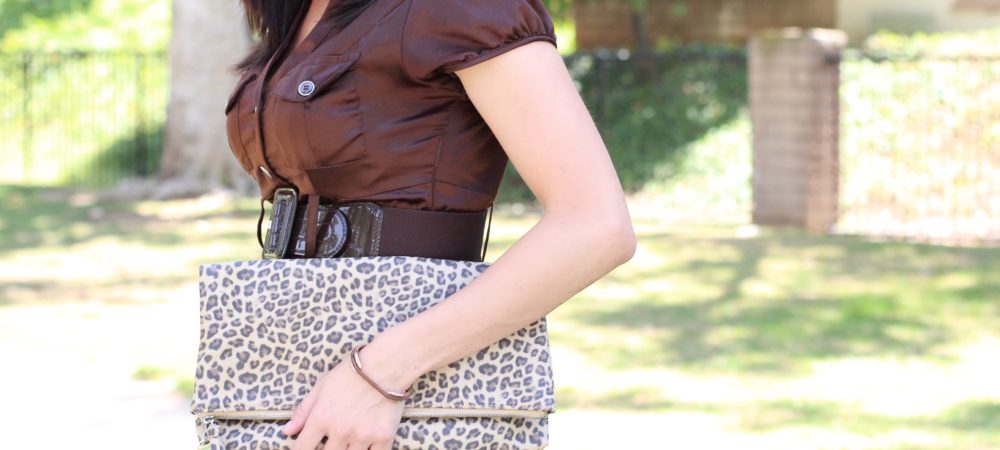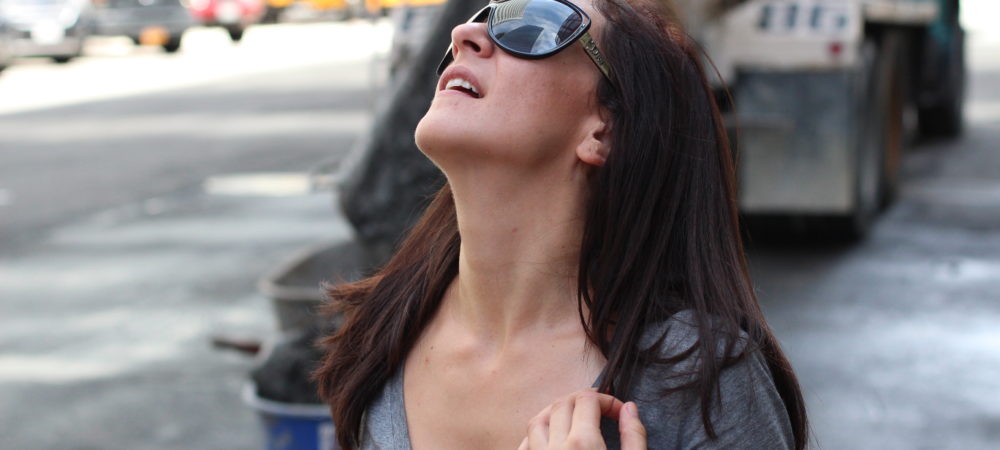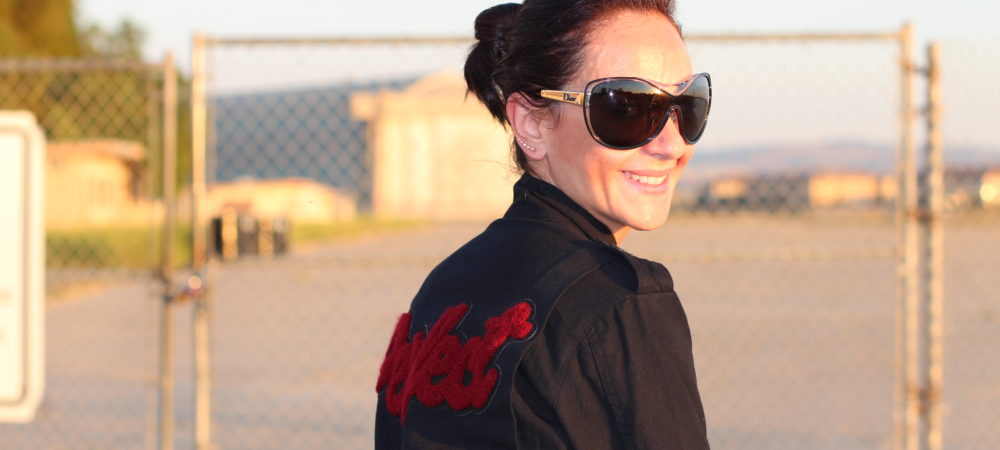The Fine Art of Color Correcting
Why isn’t makeup application considered a fine science yet?
Flesh-toned concealer does wonders for hiding imperfections, but alone, it’s not enough to achieve even-looking skin that sets the foundation (literally) for any flawless look. After all, there’s levels (and colors) to this new-age makeup game. We’re breaking down one of MUAs’ best tools of the trade for perfect skin: color correcting. You’re welcome in advance for the bomb filter-free Snapchat selfies.
Before you dive in to color correcting, take a look at your bare face in natural sunlight to identify your problem areas. Whether you suffer from fine lines, dark spots, redness or discoloration, the right shade can cover facial imperfections while seamlessly blending with your foundation. Without further ado, here are the secrets to color correcting.
Pale Pink, Orange and Yellow Correctors:
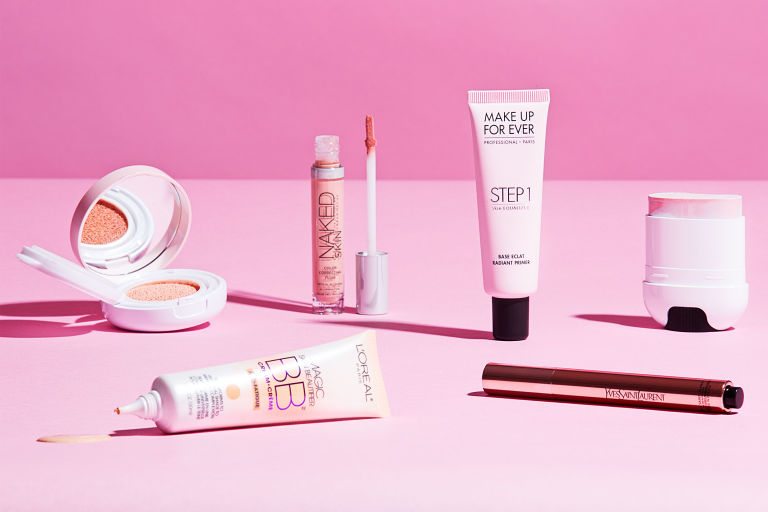
For pale skin, light pink concealers are best for canceling out dark blue/black areas such as under the eyes or around the mouth. Peach tones achieve the same coverage for medium toned skin, while orange does for darker skin types.
Yellow Correctors:
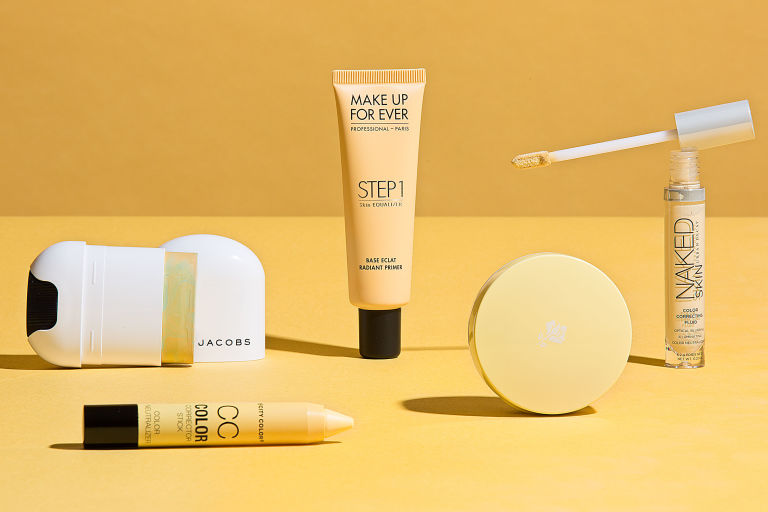 Photo Courtesy: Cosmopolitan, RUBEN CHAMORRO[/caption]
Photo Courtesy: Cosmopolitan, RUBEN CHAMORRO[/caption]
Yellow concealers are great for diffusing dark, purple shadows on medium olive or tan complexions.
[caption id="attachment_2463" align="aligncenter" width="768"]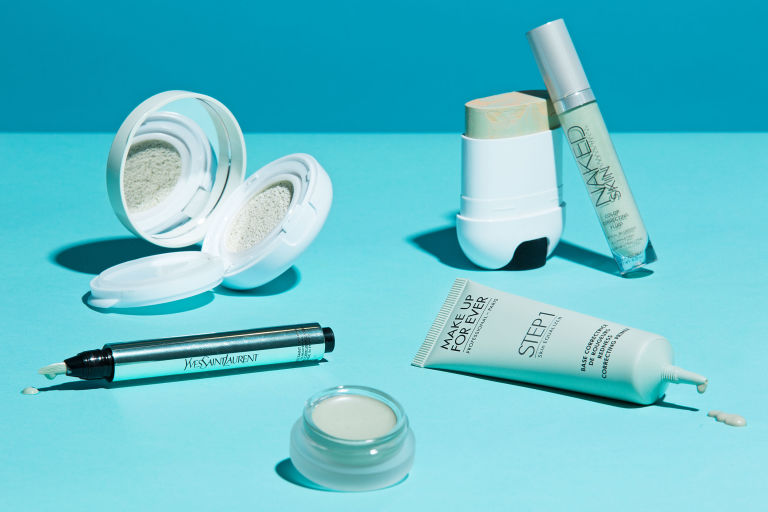 Photo Courtesy: Cosmopolitan, RUBEN CHAMORRO[/caption]
Photo Courtesy: Cosmopolitan, RUBEN CHAMORRO[/caption]
Use green to shield redness on the face for all complexions.
Lavender Correctors
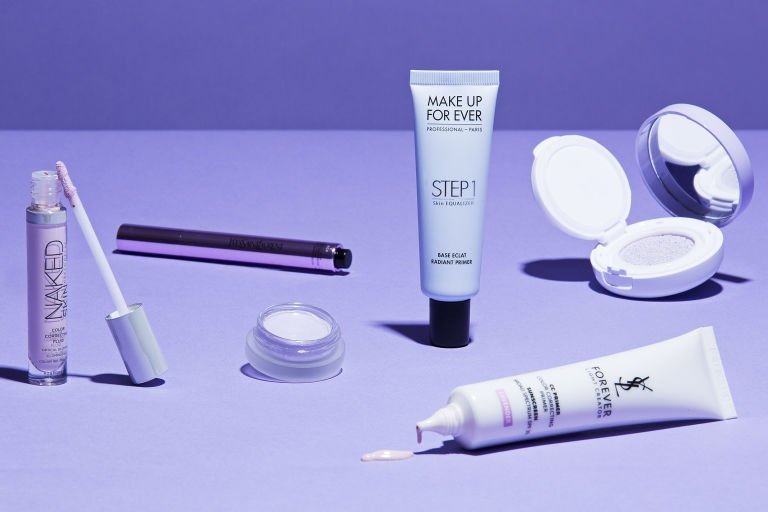 Photo Courtesy: Cosmopolitan, RUBEN CHAMORRO[/caption]
Photo Courtesy: Cosmopolitan, RUBEN CHAMORRO[/caption]
Opt for a lavender concealer to neutralize yellow tones, which are typically visible around the forehead and jawline.
Shop Our Favorite Color Corrector palettes:
